What do we know about the environmental journey of a seed?
This is a story of transformation and contribution. As the seed germinates and grows into a plant, it interacts with its environment in significant ways.
It absorbs carbon dioxide from the atmosphere, playing a crucial role in mitigating climate change. It enriches the soil with organic matter and prevents erosion with its roots. It supports biodiversity by providing habitat and food for various organisms. And it contributes to the water cycle through transpiration. Thus, the environmental journey of a seed is a testament to the vital role plants play in maintaining the health and balance of our planet.
Every seed embarks on an incredible journey, transforming from a tiny speck into a beautiful, fully-grown plant. This process, known as germination, is a complex and fascinating natural phenomenon. Let’s delve into the details of what happens when a seed starts to grow. This is the environmental journey of a seed in a simple way.
These Are The Steps Of The Environmental Journey Of A Seed
——————————–
The Dormant Seed
A seed, in its simplest form, is a plant in a box with its lunch. Inside the hard outer shell, or the seed coat, there is an embryo – a baby plant with all the parts it needs to start growing. This includes the radicle (baby root), the hypocotyl (baby shoot), and cotyledons (seed leaves). The seed also contains endosperm, a food supply that can include proteins, carbohydrates, and fats.
The Awakening
——————-
Germination
The journey begins when the seed absorbs water, a process known as imbibition. The water softens the seed coat and kickstarts the metabolism of the seed. The absorbed water activates enzymes that begin to break down the stored food resources into usable energy.
The radicle is a special process as it is the first part of the seedling to emerge from the seed. It anchors the seed in place and starts absorbing water and nutrients from the soil. The hypocotyl then grows upwards, pulling the rest of the seed out of the ground.
The Growth
———————-
Photosynthesis Begins
Once the seedling reaches the surface, the cotyledons open up. These first leaves start the process of photosynthesis, converting sunlight, carbon dioxide, and water into glucose and oxygen. The glucose provides the energy the plant needs to continue growing.
The Maturation
————————-
Becoming a Plant
As the plant continues to grow, it develops a stem, leaves, and eventually flowers. The stem is like a nerve system that provides support and transports water, nutrients, and sugars between the roots and leaves. The leaves continue the process of photosynthesis, and the flowers, once pollinated, will produce the next generation of seeds.
The Environmental Impact
————————-
A Seed’s Contribution
Plants as we know play a crucial role in maintaining and sustaining the health of our planet. As a seed grows into a plant, it contributes to the environment in several significant ways.
Carbon Sequestration
Through the process of photosynthesis, plants absorb carbon dioxide, a greenhouse gas, from the atmosphere and convert it into oxygen and glucose. This process, known as carbon sequestration, helps to mitigate climate change by reducing the amount of carbon dioxide in the atmosphere.
Soil Health
Plants also contribute to soil health. The roots of plants help to bind the soil together, preventing soil erosion. Additionally, as plants decompose, they contribute organic matter to the soil, improving its fertility and structure.
Biodiversity
Plants are a fundamental part of ecosystems, providing habitat and food for a variety of organisms. From insects to birds and mammals, many creatures rely on plants for survival. Thus, the growth of a seed into a plant contributes to the biodiversity of the environment.
Water Cycle
Plants play a vital role in the water cycle all the wayt to our waterways and other ecosystems. They absorb water from the soil through their roots, which then travels up to the leaves where it evaporates into the atmosphere, a process known as transpiration. This helps to regulate the climate and ensures a steady supply of rain.
Conclusion
The journey of a seed not only results in the growth of a new plant but also contributes significantly to the health of our planet. Each seed, in its growth and development, plays a small but vital role in maintaining the delicate balance of our environment.
Join the Discussion
We hope you enjoyed our exploration of “The Environmental Journey Of A Seed”.
Have you ever witnessed the journey of a seed in your own garden?
How have you seen plants contribute to their environment?
Can you share any experiences where you observed the impact of plants on soil health or biodiversity?
What steps are you taking in your own life to support the important role of plants in our environment?
Please share your thoughts, experiences, and questions in the comments section below. Let’s continue the conversation about the remarkable journey of a seed and its significant environmental contributions.
#SeedJourney #Germination #PlantGrowth #Nature #Environment #GreenThumb #Gardening #Botany #PlantLife #EcoFriendly #Biodiversity #SoilHealth #CarbonSequestration #WaterCycle #ClimateChange #Sustainability #GreenLiving #EcoConscious #PlantLove #GardenLife #SeedToPlant #LifeCycle #PlantScience #Ecosystem #MotherNature #PlantPower #Growth #Seedling #Flora #Conservation

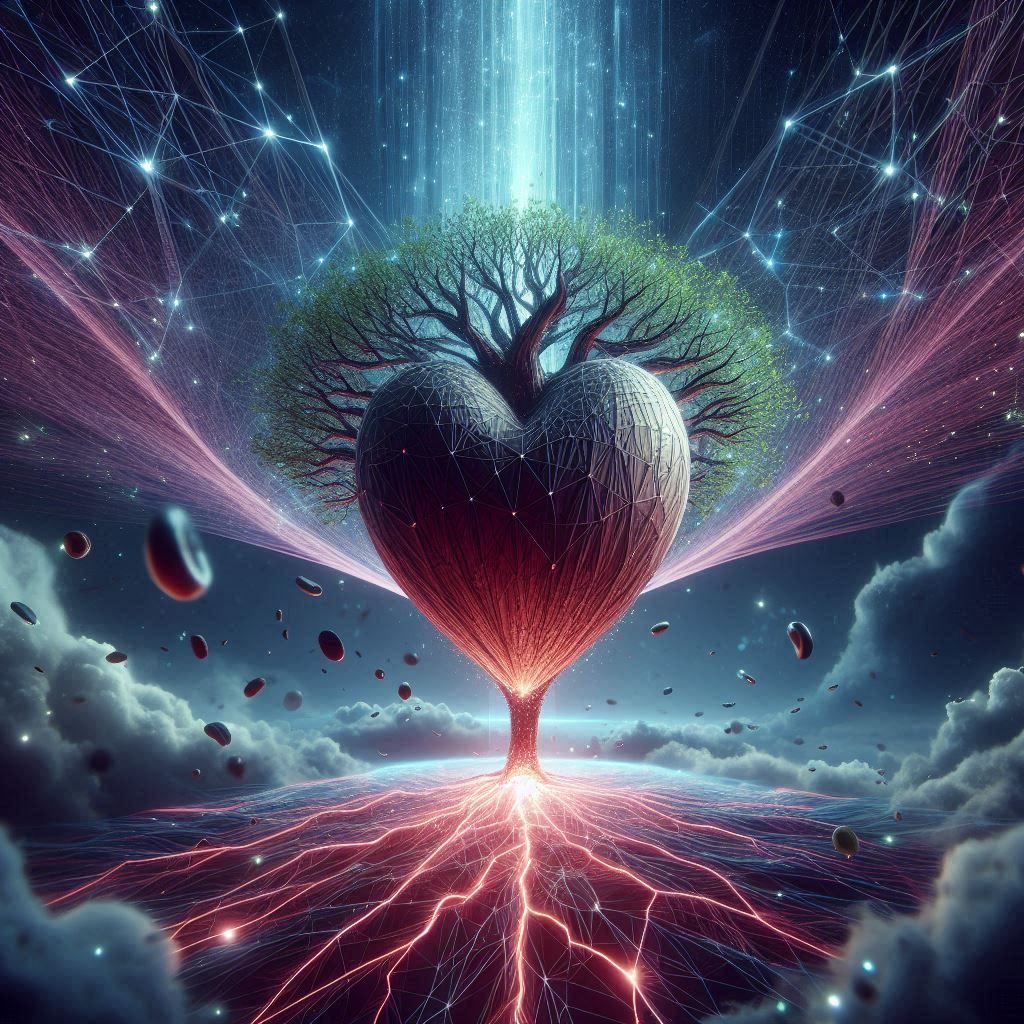

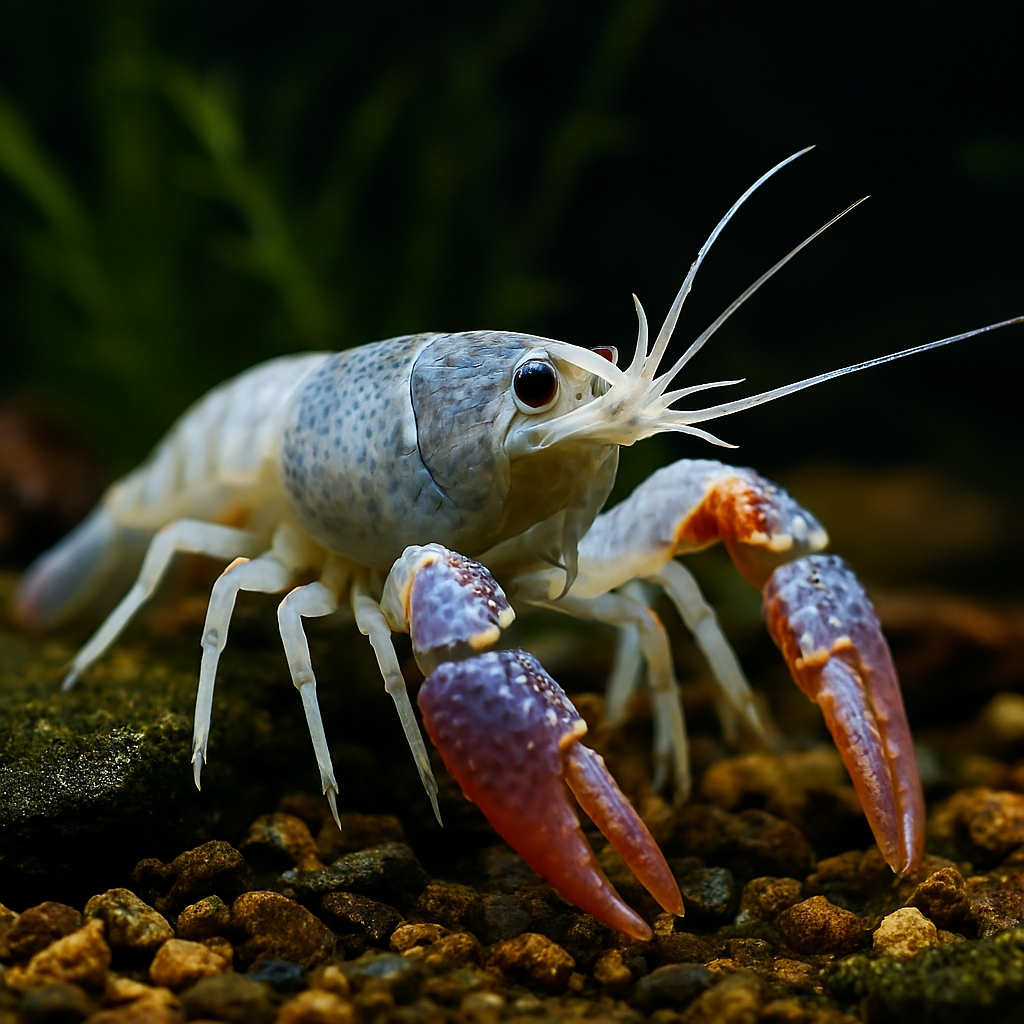
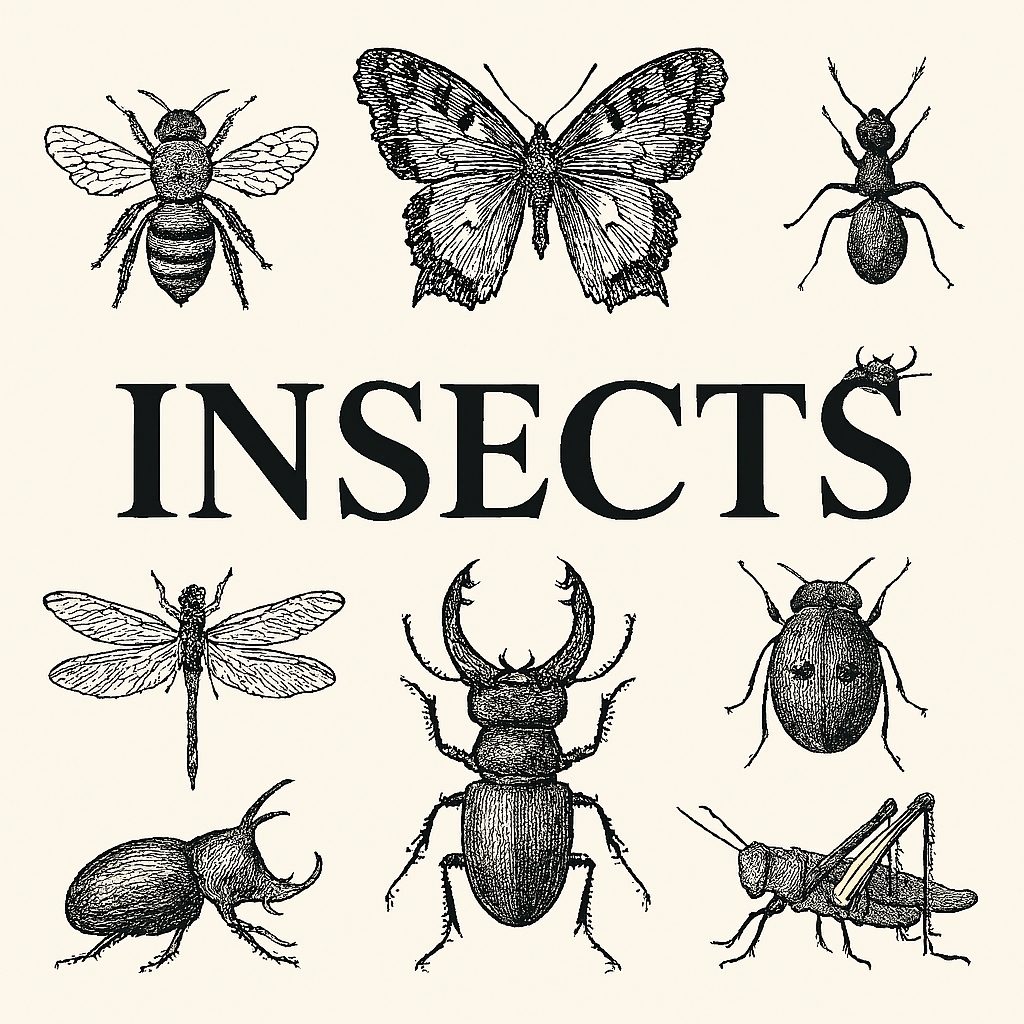








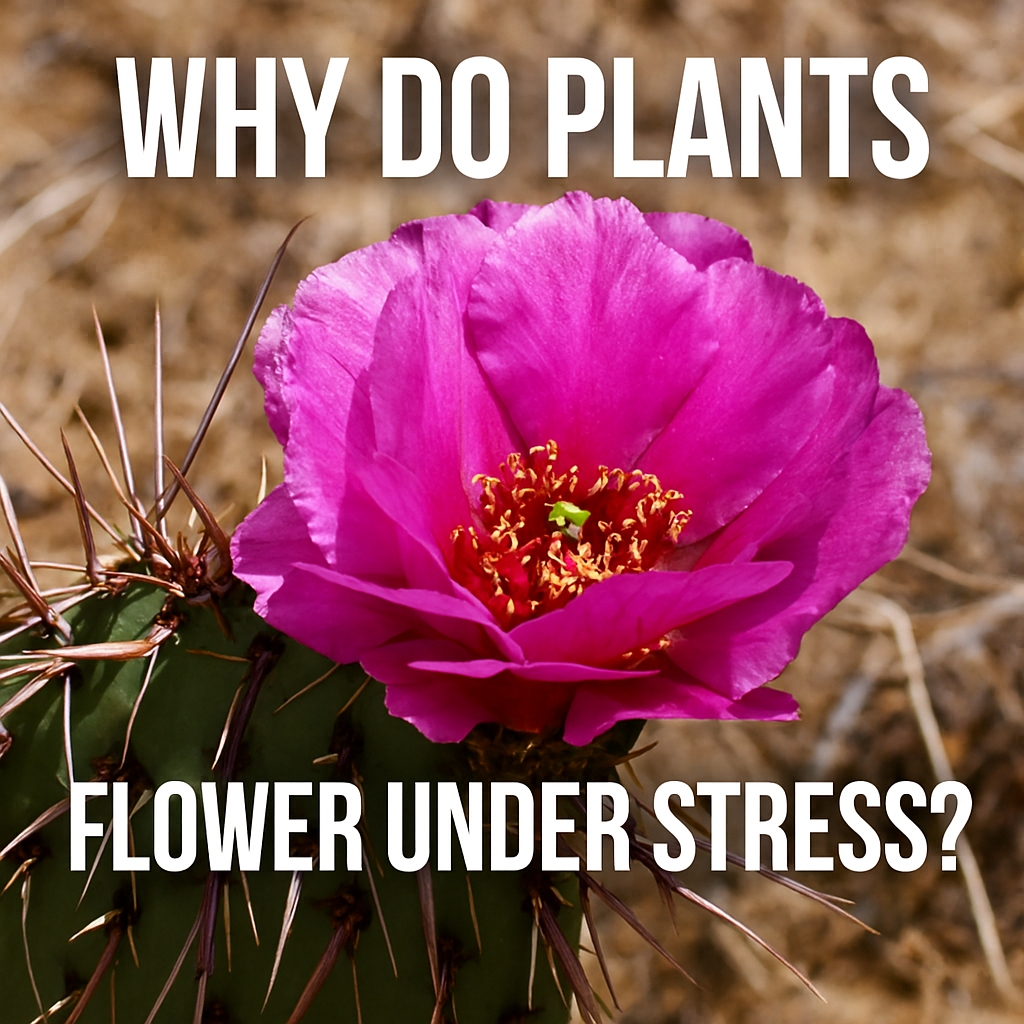
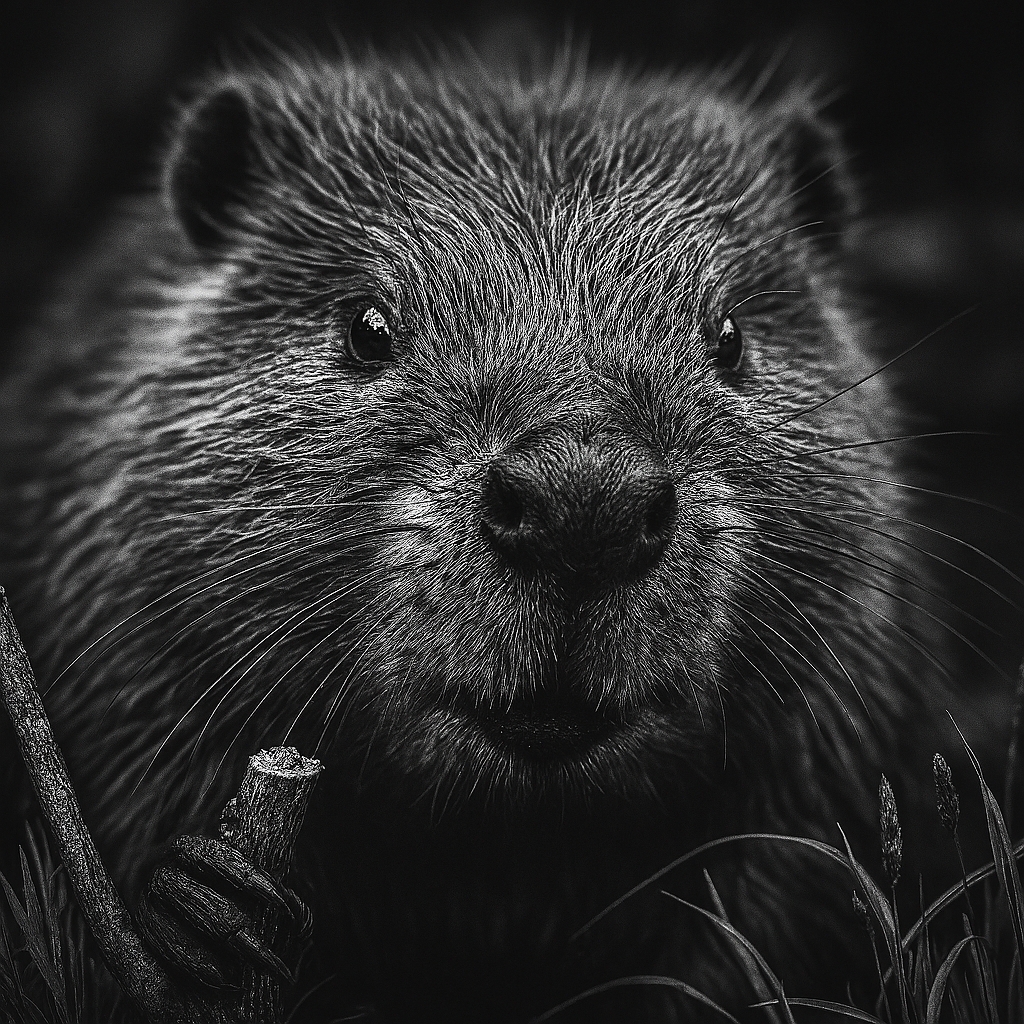

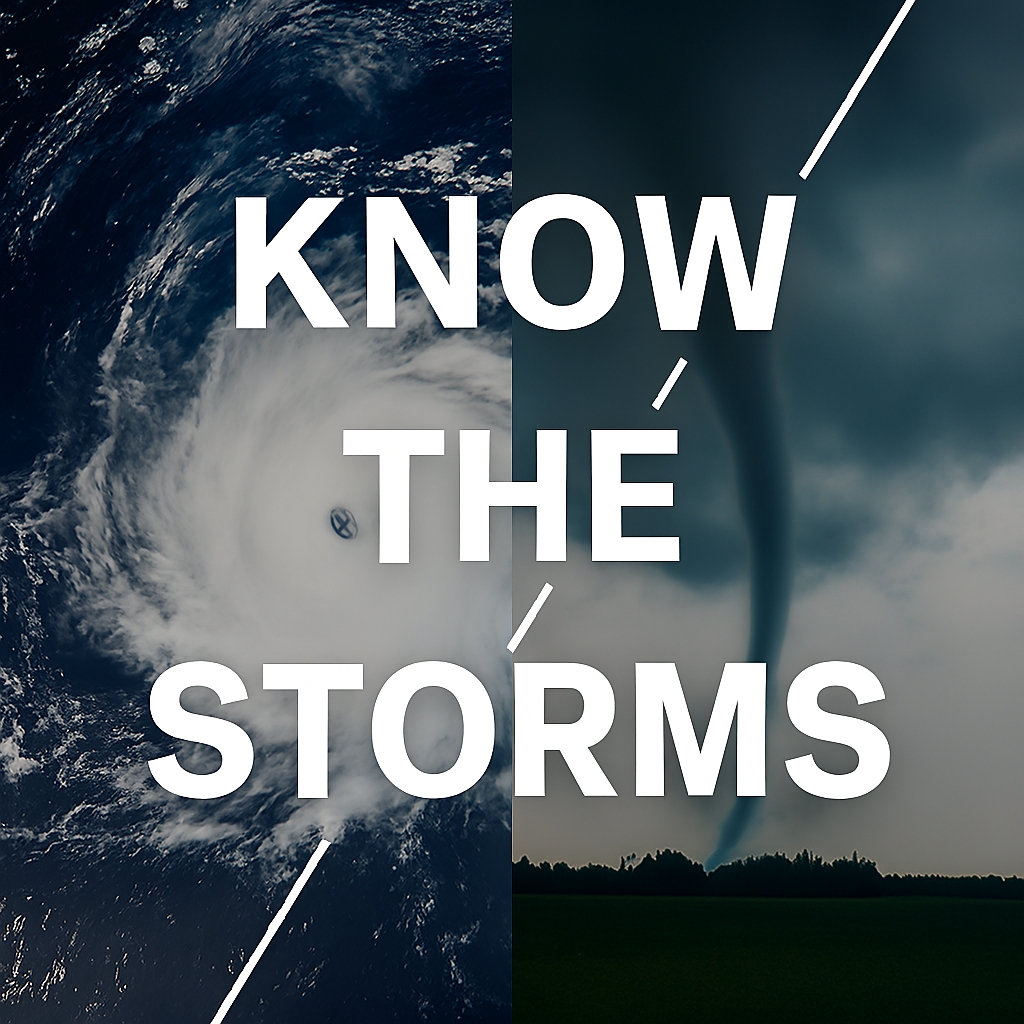
https://Waste-ndc.pro/community/profile/tressa79906983/
Thanks to my father who told me about this weblog, this blog is in fact amazing. https://Waste-ndc.pro/community/profile/tressa79906983/